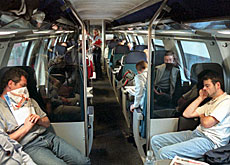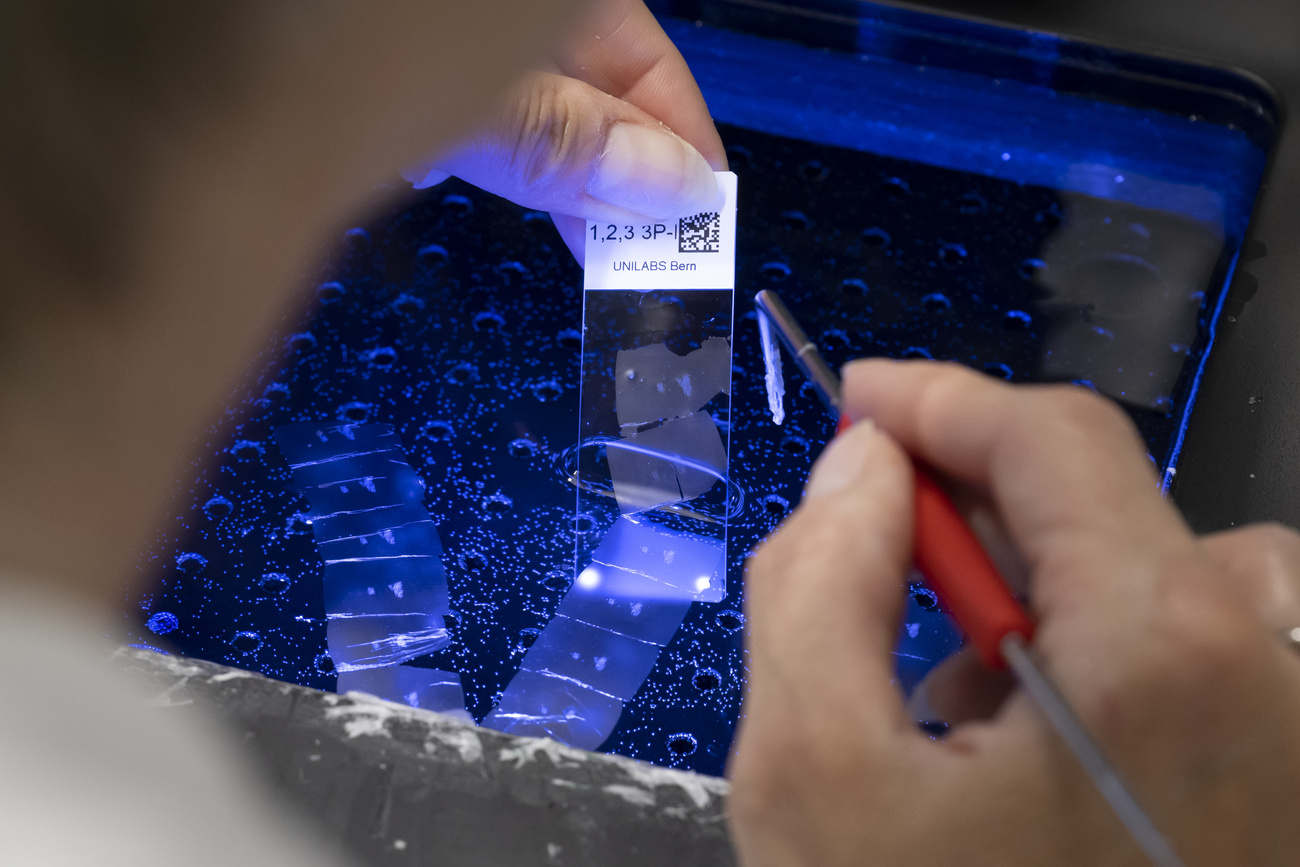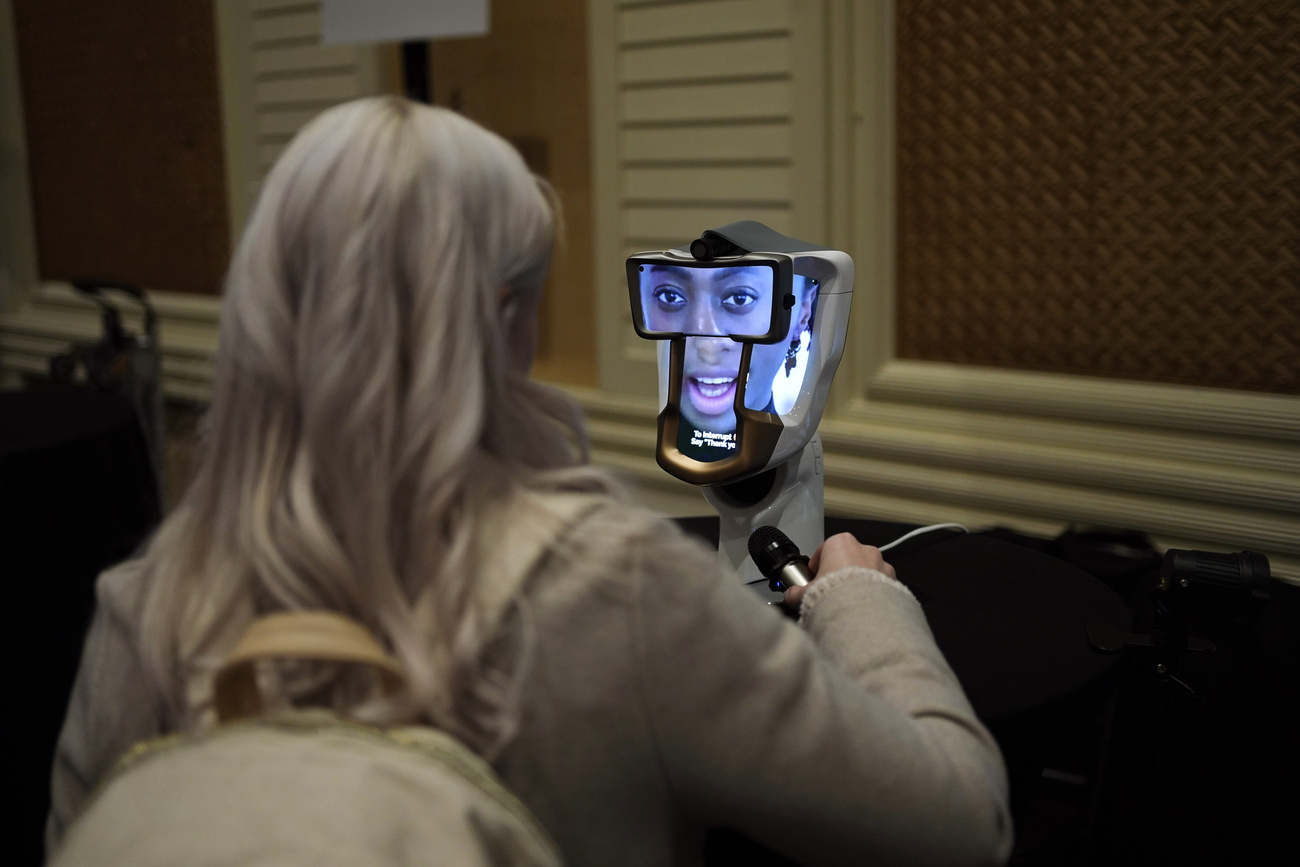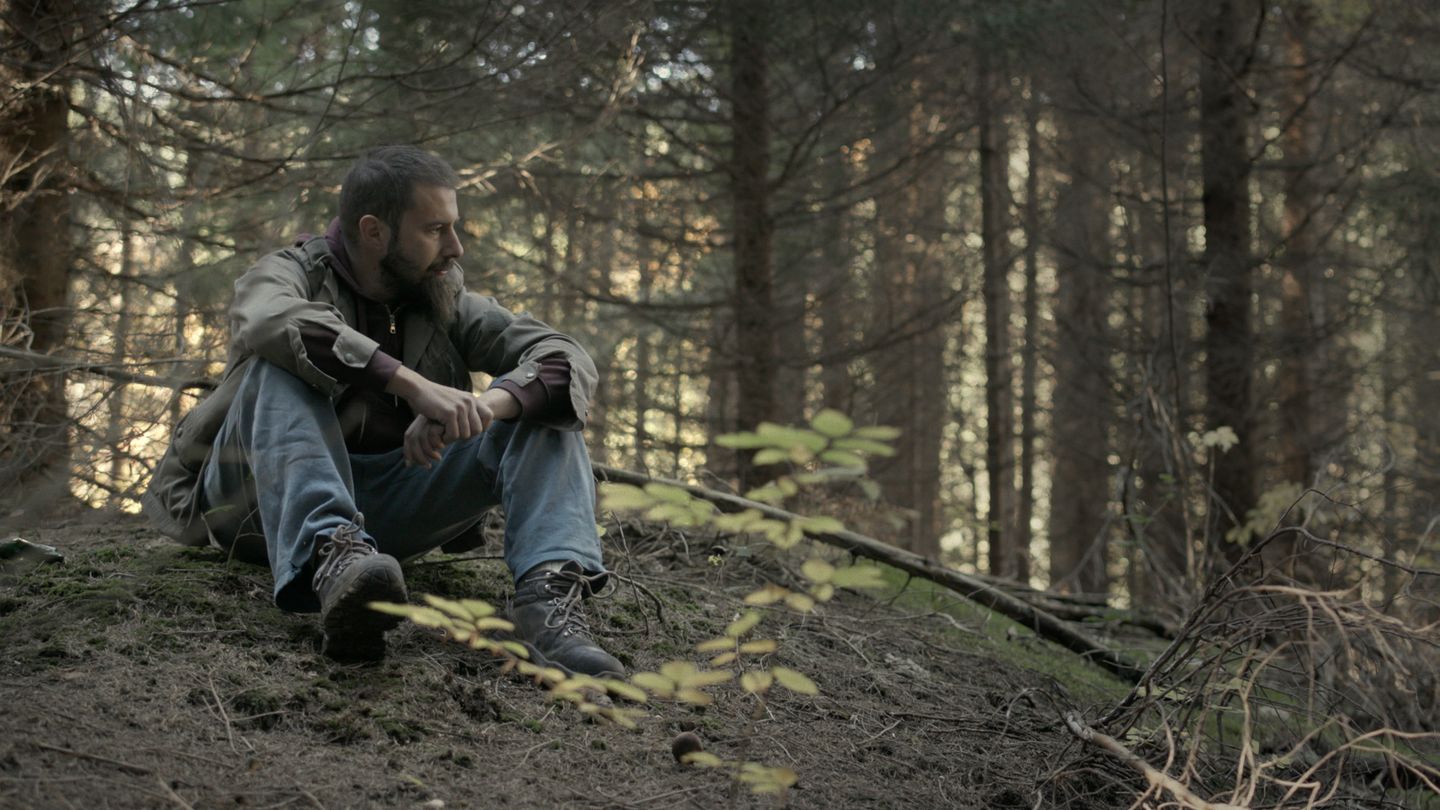
Scientists chart the stuff dreams are made of

Swiss scientists say a stroke that robbed a woman of her dreams may help pinpoint where and how dreams are born in the brain.
They found the stroke had damaged areas deep in the back half of the brain, which is involved in the visual processing of faces and landmarks.
Writing in the September issue of “Annals of Neurology”, the team from Zurich University Hospital said the findings suggested that this particular area was crucial for dreams.
“These results describe for the first time in detail the extent of lesion necessary to produce loss of dreaming in the absence of other neurological deficits. As such, they offer a target for further study of the localisation of dreaming,” said neurologist Claudio Bassetti, who led the study.
“How dreams are generated, and what purpose they might serve, are completely open questions at this point,” he added.
Vanishing dreams
The 73-year-old woman, who said she had dreamed regularly until she suffered the stroke, also lost some of her vision. That came back but then her dreams disappeared.
Medical records suggest that other stroke victims have also lost the ability to dream, but such cases have usually been accompanied by other problems, including the inability to recognise faces and places.
The individual studied by Bassetti and his team did not report any such symptoms. Sleep studies were performed on the woman five days, and then three, four and six weeks after her stroke.
Brain waves
The scientists studied the patient’s brain waves as she slept and found no disruptions in her sleep cycle.
The woman has recovered some ability to dream, but they are less vivid, the researchers said.
“Further conclusions about this brain area and its role in dreams will require more studies analysing dream changes in patients with brain damage,” said Bassetti.
Some researchers believe that up to two per cent of healthy people sleep without dreaming.
swissinfo with agencies
Swiss scientists believe they have located the part of the brain where dreams are created.
They made the discovery after treating a patient who stopped dreaming following a stroke.
They say the findings open the door to further dream research.

In compliance with the JTI standards
More: SWI swissinfo.ch certified by the Journalism Trust Initiative





























You can find an overview of ongoing debates with our journalists here . Please join us!
If you want to start a conversation about a topic raised in this article or want to report factual errors, email us at english@swissinfo.ch.